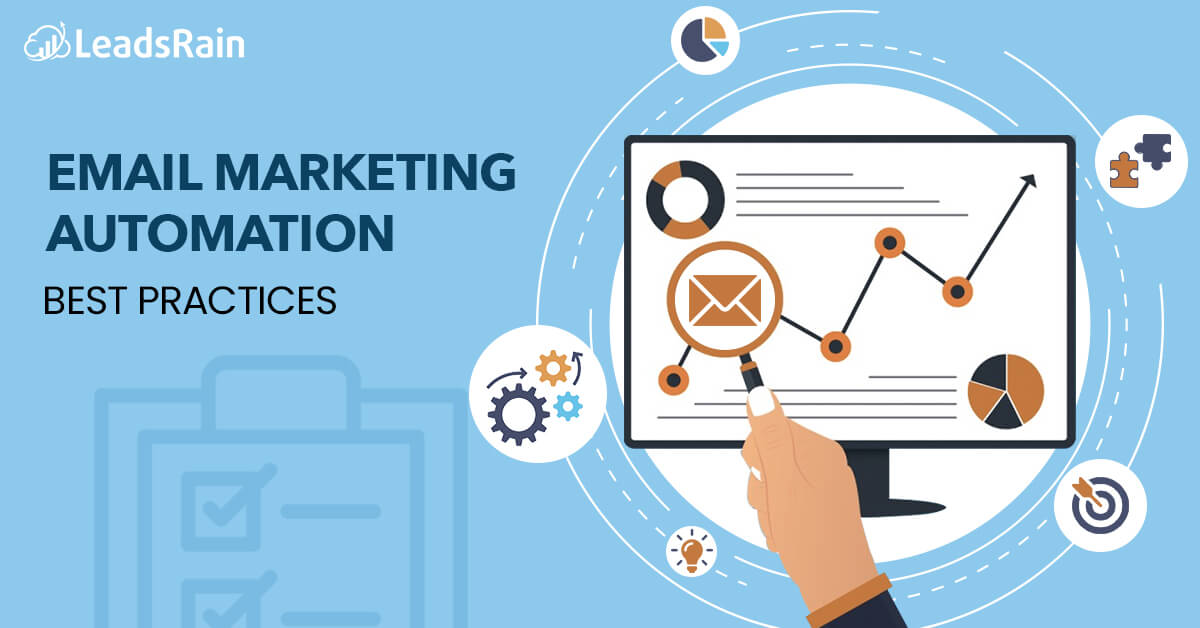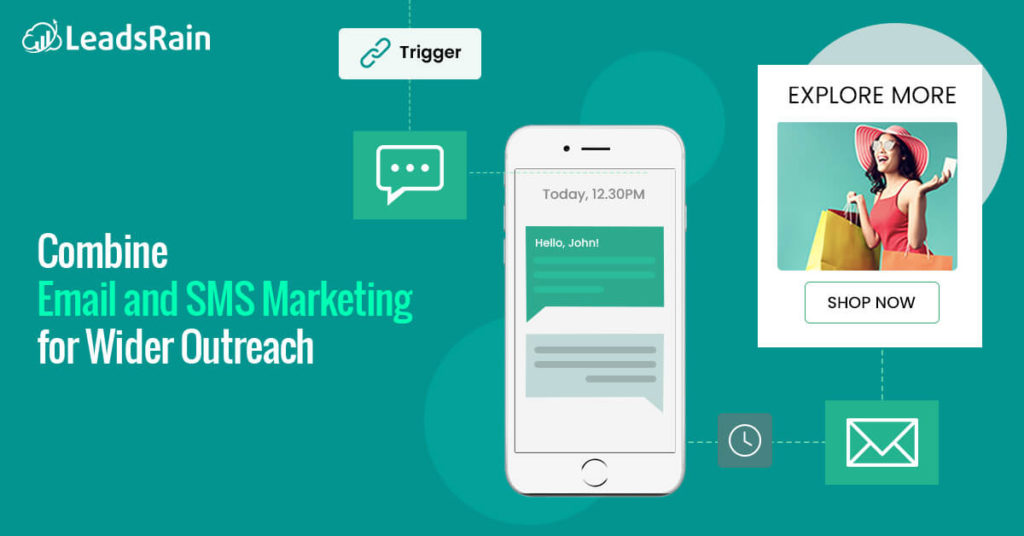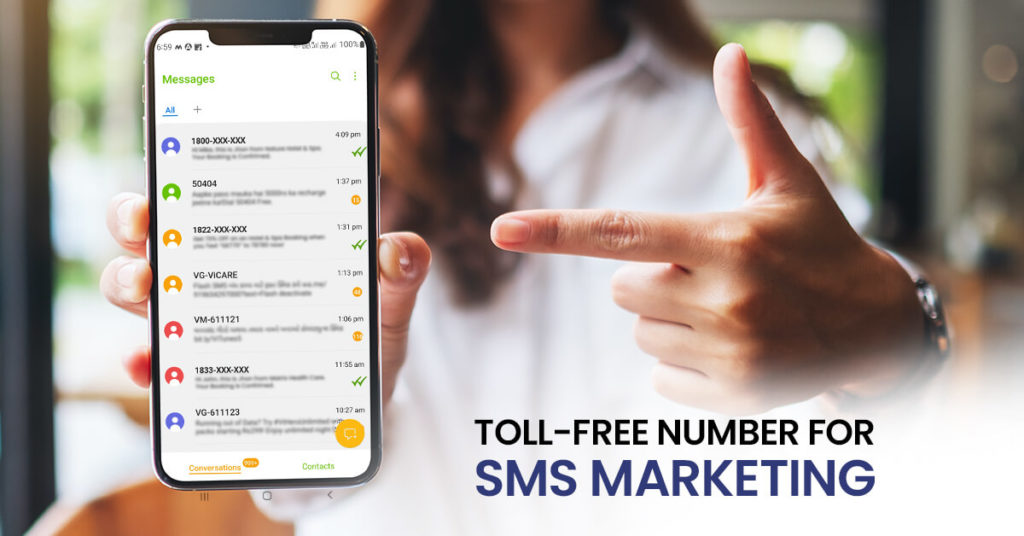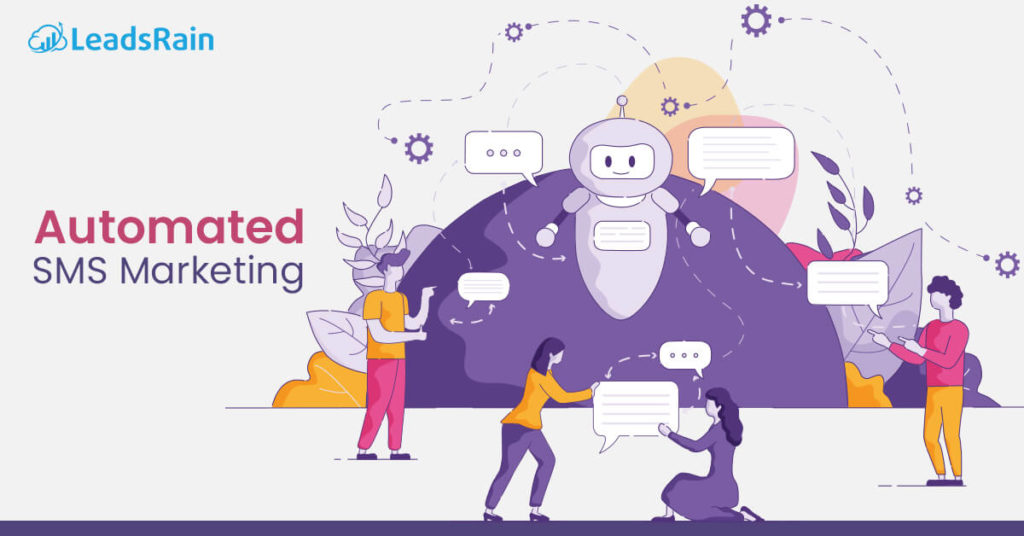Crafting effective emails goes beyond just sending a couple of messages. To grow your business through email marketing, you must adopt a deliberate approach incorporating best practices. From strategies to gain new subscribers to creating accessible ways for readers to unsubscribe, there are rules in the email marketing world that are worth mastering.
Whether you’re a beginner in email marketing or facing challenges in growing your email list, this article offers valuable tips to elevate your emails and develop a successful email marketing strategy. We’ll delve into 10 email best practices that optimize your emails, taking you beyond periodic messages and guiding you toward a sustainable email marketing approach that yields substantial results for your business.
What is Email Marketing Automation?
Email marketing automation uses software or tools to automate and streamline sending targeted and personalized emails to subscribers based on predefined triggers or actions. This allows businesses to deliver relevant and timely emails to their subscribers without manual intervention, resulting in increased efficiency, improved customer engagement, and higher ROI (Return on Investment).
How to Automate Email Marketing?
Automating email marketing involves several key steps. Firstly, defining your goals and objectives for your email marketing automation is essential. This includes identifying what you want to achieve with your automated emails, whether it’s nurturing leads, retaining customers, or driving sales. Clear goals will help you design effective automation workflows aligning with your business objectives.
Secondly, choose an email automation platform that fits your needs. Numerous platforms are available, each with features, pricing, and integrations. Research and select a platform that suits your business requirements and budget. Once you’ve chosen a platform, you can set up automation workflows based on triggers or events, such as a subscriber joining your mailing list, purchasing, or abandoning a cart.
5 Major Benefits of Email Marketing Automation
The email marketing automation approach offers several benefits that can significantly impact the effectiveness and efficiency of your email marketing efforts. By leveraging automation in your email marketing strategy, you can optimize your campaigns, achieve better results, and ultimately help your business grow and succeed.
Enhanced Efficiency
Email marketing automation allows you to automate repetitive tasks, such as sending welcome emails, follow-up emails, and drip campaigns. This eliminates the need for manual intervention, saving you time and effort and allowing you to prioritize other essential aspects of your business.
Improved Personalization
Automation enables you to send targeted and customized emails to your subscribers based on their behavior, such as their previous interactions with your emails or website. This allows you to deliver relevant content and offers, leading to higher engagement, increased customer satisfaction, and, ultimately, better results.
Increased Engagement
Email marketing automation allows you to send timely and relevant emails to your subscribers, significantly boosting engagement. For example, you can set up automated email workflows to send emails based on triggers such as a subscriber’s birthday, recent purchase, or abandoned cart, keeping them engaged with your brand and nurturing the customer relationship.
Enhanced Segmentation
Automation allows you to segment your email list based on various criteria, such as demographics, preferences, and behavior. This enables you to send targeted emails to different audience segments, catering to their needs and interests, resulting in higher open rates, click-through rates, and conversions.
Improved ROI
Email marketing automation can help you achieve a higher return on investment (ROI) as it allows you to optimize your email campaigns for better results. By automating processes, personalizing content, increasing engagement, and leveraging segmentation, you can create more effective and efficient email campaigns, improving customer engagement, retention, and revenue generation.
10 Best Practices for Email Marketing Automation
#1 Use double opt-in email sign-up
When collecting email addresses, a double opt-in method adds more authenticity. Unlike single opt-in, which only requires one step, double opt-in involves an additional confirmation step to ensure that you have explicit permission from the subscriber to send them emails. This process helps prevent fake or unauthorized sign-ups and ensures compliance with anti-spam regulations like GDPR.
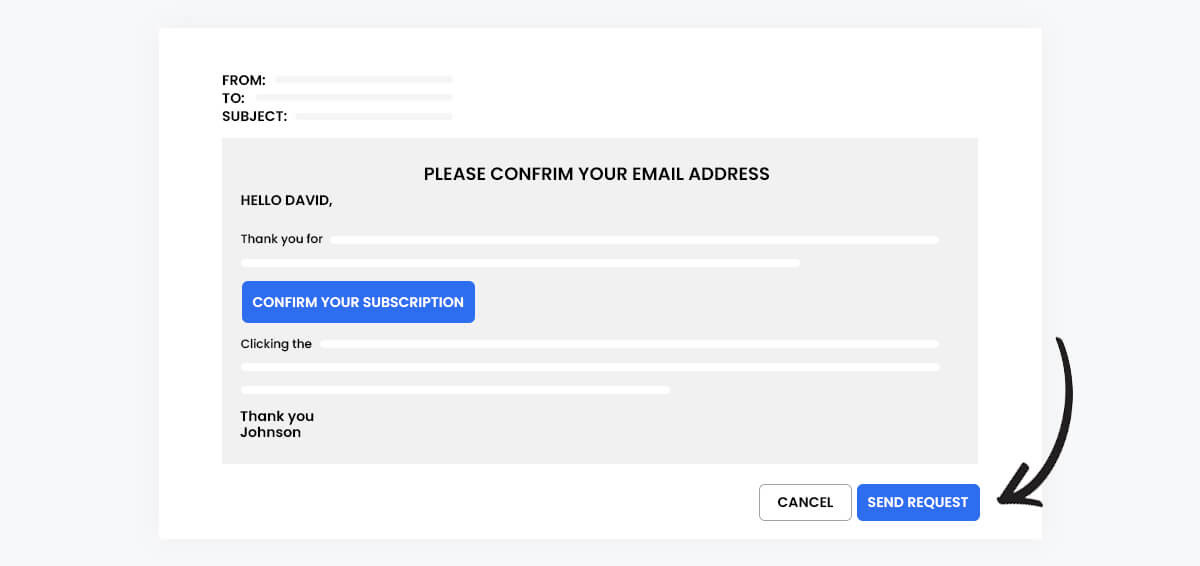
Here’s how double opt-in works in action:
- A website visitor fills out a sign-up form on your landing page, expressing interest in your mailing list.
- They receive an email asking them to confirm their subscription by clicking a verification link or replying.
- Once they confirm their subscription, they become an official subscriber who consciously opts in to receive your emails.
By using double opt-in, you can have peace of mind knowing that your email list is built on genuine and engaged subscribers who have explicitly consented to receive emails from you. It’s a responsible and compliant approach to email marketing that fosters trust and credibility with your subscribers.
#2 Avoid using “No-reply” in the sender’s email address
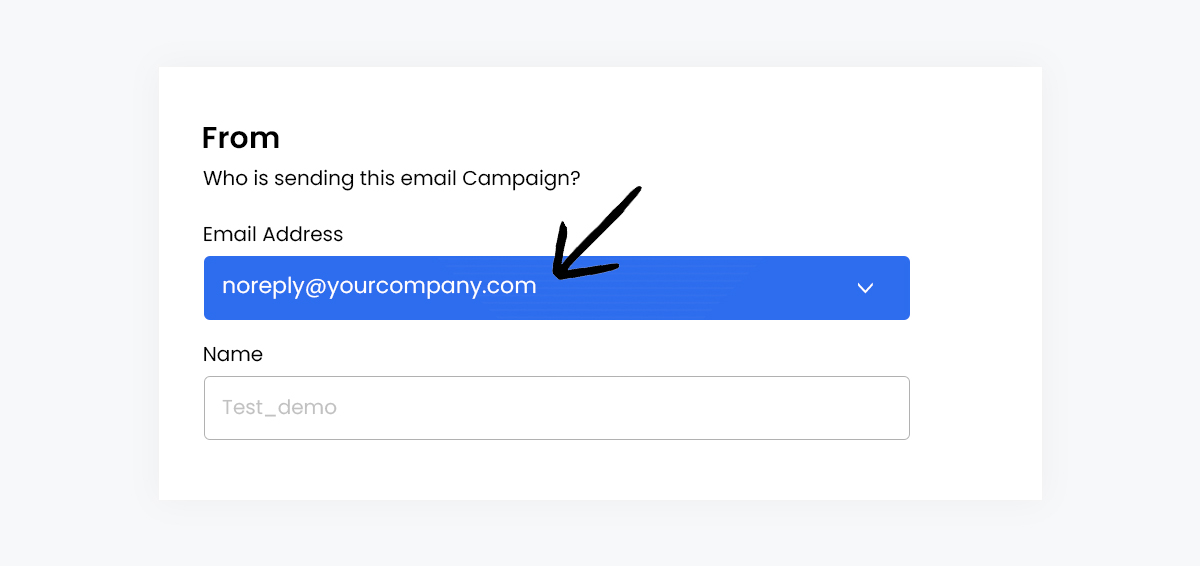
Did you know about CAN-SPAM? It’s crucial legislation that all email marketers in the U.S. should be aware of. A critical rule under CAN-SPAM is to avoid using “no reply” or similar phrases as your email sender’s name (e.g., “noreply@yourcompany.com“).
Using “no reply” in your emails prevents recipients from being able to respond or opt out of future emails, which goes against the rights protected by CAN-SPAM that allow recipients to unsubscribe at any time. Instead, consider using a real first name as your sender’s name (e.g., “jamie@mycompany.com”). This personal touch makes your automated emails feel more human and keeps you compliant with email regulations.
Creating a more personalized and approachable sender’s name can help improve open rates and ensure you follow the best email marketing practices following CAN-SPAM regulations. It’s all about building trust and maintaining compliance while delivering engaging and meaningful emails to your recipients.
#3 Send a welcome email
When a customer opts in to receive your emails, it’s essential to start building a connection with them immediately. Sending a welcome email is an excellent opportunity to establish that early connection and make it count. Your welcome email should be evergreen, relevant, and tailored to newcomers to make them feel exceptional and engaged.
Here are some ways to make your first email to a subscriber memorable:
- Introduce yourself and your business: Use your welcome email to tell your new subscriber a bit about yourself and your business.
- Share your best content: A part of your email marketing strategy is to share valuable information and tips, new subscribers may still need to catch up on your previous content. Use your welcome email to curate a selection of your most popular articles or send-outs, so they can catch up on your best content and get a taste of what they can expect from your emails.
- Provide a discount or promotional offer: Follow that promise in your welcome email if you incentivize website visitors to sign up for your subscribing list with a promotional value, such as 10% off their first order.
#4 Stick to fewer than three typefaces
When it comes to email design, less is often more. Keeping your email clutter-free can lead to higher conversions.
Avoid overloading your email with too many fonts or typefaces, as this can distract readers and diminish the visual appeal of your email. Stick to using just one or two fonts, and choose web-safe fonts that are legible on all readers and devices. Font sizes between 10-point and 12-point are generally an excellent range to ensure readability across different platforms.
Remember, the goal is to create a clean and visually appealing email that guides your readers’ attention to your key message and call to action. By keeping your email design simple and easy to read, you can enhance the overall user experience and increase the chances of your subscribers taking action.
#5 Personalize your emails
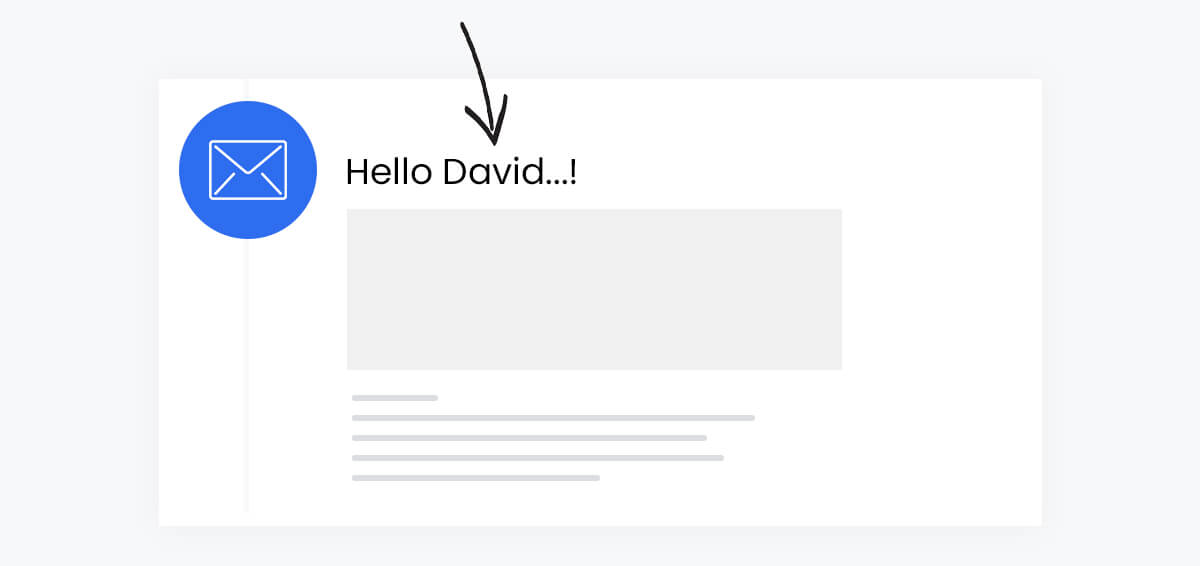
Forge a connection with subscribers and provide them with the most value possible by personalizing your emails. One of the simplest ways of adding a personal touch to emails is addressing subscribers by name on email marketing platforms that dynamically add personalized information to your emails. However, this is one of many ways to add personalization to your send-outs.
#6 Include an email signature
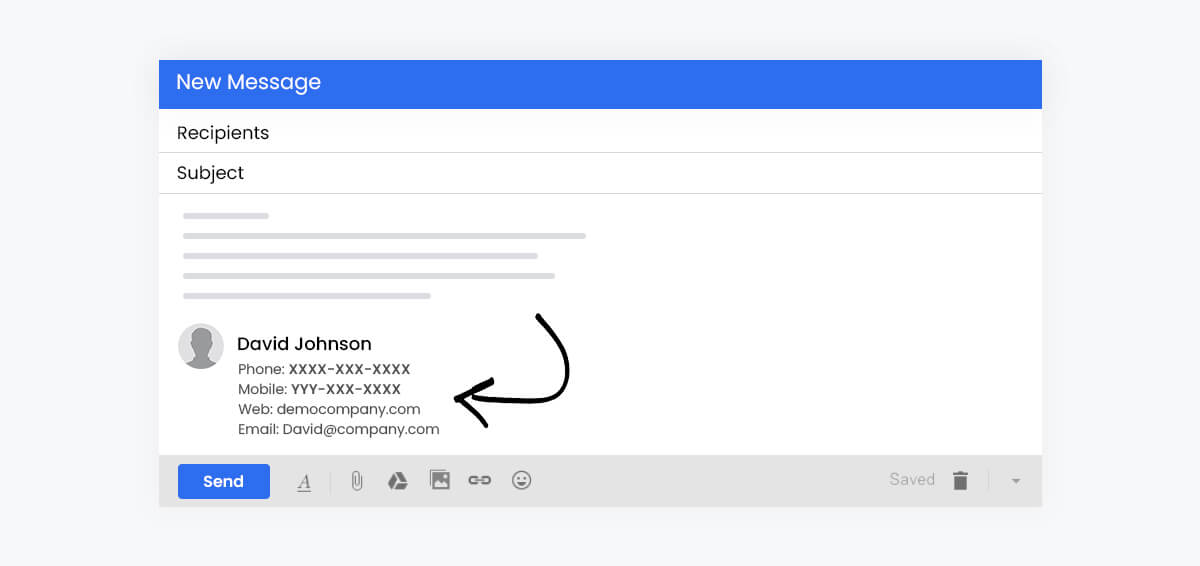
When you’re sending out your newsletter, even though it’s technically being sent on behalf of the company, it’s essential to include the signature of a specific person. It adds a personal touch and makes the email feel like it’s coming from an actual human being rather than just a faceless marketing team.
Many companies use personalized signatures to maintain a consistent sign-off across all communications. Your email signature is like your virtual business card, and it can grab your recipients’ attention and make them more inclined to read your email. It’s a small but impactful way to add a touch of personalization and make your emails stand out in a crowded inbox.
#7 Write casually and controversially
As a business, it’s essential to strike the right tone when communicating with your customers. While you want to be polished and professional, being too formal can make your emails sound distant and impersonal. That’s why it’s a good idea to aim for a more casual and conversational tone in your emails.
Just like how you would chat with a friend or colleague, try to inject a human touch into your emails to create a warm and friendly vibe. It helps build customer rapport and makes emails more approachable and relatable. So, don’t be afraid to express yourself and let your authentic voice shine through in your email communications.
#8 Clean your mailing list regularly
Take a moment to review your list of subscribers who may not have been engaging with your emails for a while. It’s a good practice to regularly clean up your email list by removing those who no longer want to hear from you. By doing so, you can get a more accurate picture of your email open rate and ensure your email campaign reaches the right audience.
Another approach you can take is gradually moving these subscribers to a less frequent email list based on their activity. This way, you can tailor your email communications to their preferences and avoid bombarding them with emails they may not find relevant. It’s all about maintaining a clean and targeted email list that keeps your subscribers engaged and interested in what you have to share.
#9 Make emails easy to skim
Make it easy for your readers to quickly absorb the information in your emails by structuring them with skimmable content.
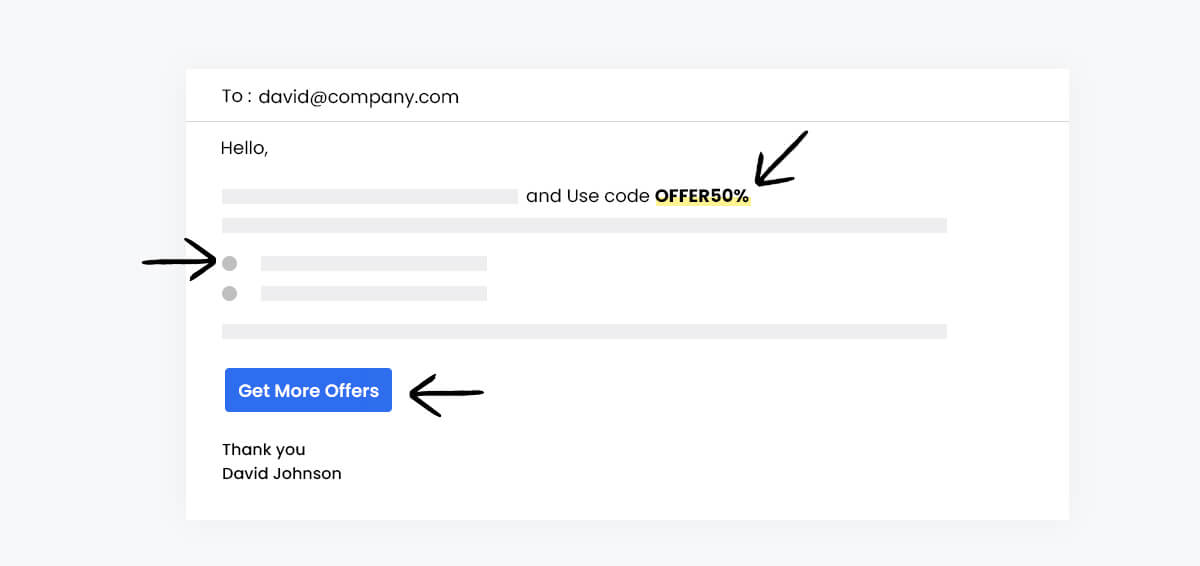
Here are some tips to avoid overwhelming blocks of text:
- Keep your paragraphs short: Stick to the “one idea per paragraph” rule and keep your message clear, concise, and to the point.
- Use bullet points and lists: Breaking down information into bullet points and lists (like this one) makes it more skimmable than long sentences in a text block.
- Include headers: For longer emails, use catchy and informative titles to divide your content into sections, making navigating easier for readers.
- Add graphics: Include relevant graphics or photographs, such as snapshots of your products, to break up the text and capture the reader’s attention.
- Bold important information: If you have a central message in your email, such as prompting readers to answer a survey or announcing a collaboration, put that message in bold to make it stand out.
- Use CTA buttons: Make the desired action clear with a colored CTA box and clear CTA text that stands out so readers know exactly what you want them to do.
- Leave white space: Give your email some breathing room by strategically using white space between lines of text. This makes it simpler for readers to skim through and absorb the information.
#10 Conduct a 5-second test
Try sending a copy of your email to a friend or business associate and ask them if they can quickly understand your call to action. If they can, then you’re on the right track! If not, don’t worry; keep refining your approach.
In today’s fast-paced marketing landscape, plenty of new tools are grabbing attention. However, email marketing automation tools have proven themselves time and time again as reliable and effective ways to connect with your audience. It’s a tried-and-true method that can help you maximize the impact of your marketing initiatives and ensure you’re acquiring the most out of your efforts. So please don’t overlook the power of email marketing in your overall marketing strategy, as it continues to be a valuable and dependable tool in the marketer’s toolkit.
Takeaway
Remember to continuously test and refine your strategies, keep yourself updated with the latest trends and technologies, and always put your audience at the forefront of your email marketing efforts. With these best practices in place, you can leverage the full potential of email marketing automation to drive sales and achieve your marketing goals in the ever-evolving digital landscape of 2024. Reach out us at support@leadsrain.com, and leverage our best Marketing Automation tools and solutions.
